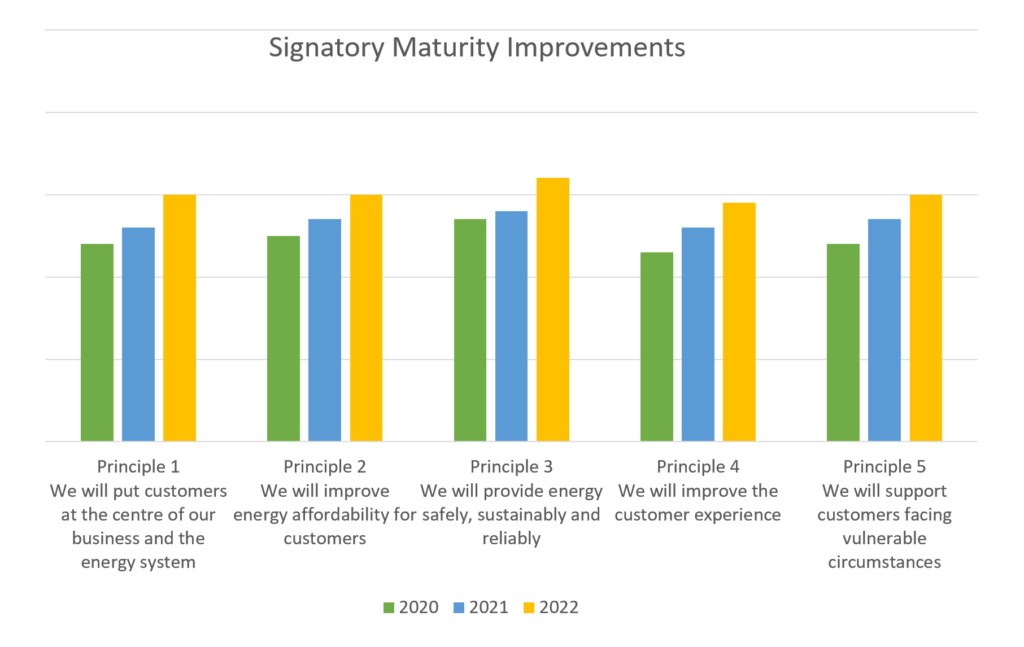‘Hard to reach’ or ‘easy to ignore’? That’s the question communication, engagement and customer specialists need to ask when they use the phrase “hard to reach”. Cohorts of the community that require us to be a little more proactive, or adjust our practices to accommodate participation, are all too often excluded from engagement and the opportunity to contribute to decision-making processes on issues that affect them.
In our first Know Your Customers + Communities session for 2023, we explored the topic of inclusion in engagement, particularly with vulnerable or marginalised groups within our community.
Based on her many years of experience as an engagement practitioner and facilitator, Nicola Wass, Director Engagement at RPS Group shared practical guidance on how to create more inclusive and accessible engagement programs that support people of all ages, abilities and backgrounds to participate, learn, contribute and belong.
Eve Rodrigues, Manager Customer and Community at Water Services Association of Australia (WSAA) shared this write-up on her take-aways from the session.
To kick off, Nicola reminded us about the importance of inclusive engagement.
She pointed out that often, those that ‘easy’ to engage are negatively motivated, or already have strong views about the engagement topic. Therefore, if the aim is to capture a broad set of perspectives that represent your customer base, or local community, it’s critical to purposefully engage with diverse groups. Importantly, this includes those from disadvantaged and minority communities who offer unique lived experience perspectives and whose voices are often underrepresented.
One key takeaway is that it may not be enough to simply engage with customers or community members that have a diverse range of backgrounds and lived experience.
In some cases, asking diverse groups to participate in the same engagement process together introduces barriers to participation. Participant biases, judgements or lack of insight into the lived experiences of others can lead to participants being reluctant to contribute, or at worst feeling that they are not psychologically, emotionally or culturally safe.
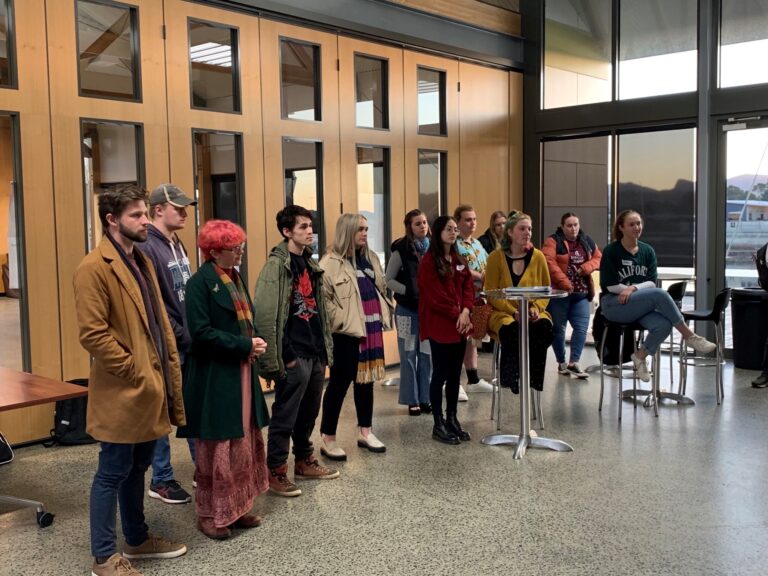
One option, particularly for short engagement processes, where there is not sufficient time build the foundations of an inclusive group culture, is to offer tailored engagement opportunities for people that have identified as belonging to a specific group, or who have the same communication or accessibility needs.
These more individualised processes are often valued by participants, who feel supported being able to share their perspectives with others who have experienced similar situations. A good example of this is the mini-panels that Yarra Valley Water ran as part of the engagement for their pricing submission (p24), or TasNetworks Youth Panel for the North West Transmission Developments (pictured right).
Nicola also pointed out that good facilitation is a crucial part of the engagement process. An experienced, independent facilitator can help to ensure that your business communicates in an unbiased and inclusive manner, including ensuring that questions are not leading.
She explained that participants should always know: there are no right or wrong answers and they are there because their perspectives and lived experience is valued.
Critical Success Factors
- Active, targeted recruitment: It’s important to develop relationships with advocates, networks and community groups that work with diverse groups in advance of any engagement. They are an excellent source of knowledge and it’s important to invest in these relationships outside of a particular engagement process.
- Audience-centered communication: This includes considering what will attract participants to the process, as well as how to carry out the engagement in a way that creates a safe space and provides the best environment for the particular group. For example, the use of diagrams for those who have low literacy, or providing accessible material well in advance for those who are vision impaired.
- Fair financial recognition: Financial compensation is essential to get an unbiased view and ensure that we properly recognise the value of participant time and context expertise.
- Accessible, inclusive participation: Means anticipating and listing to individual needs, prioritising support, and always checking-in. For example, do they need a support person, a scribe, transport assistance or child-minding support to ensure they are able to fully participate?
Delivering on an organisational commitment to ‘best-practice’ in accessible and inclusive engagement can be challenging. However, it is critical to build organisational capability, bring in experts when needed, and avoid ‘tick the box’ engagement programs at all costs. Poor engagement can be harmful to participants and damages trust and relationships communities and advocates.
Lastly, it’s important to demonstrate the positive impacts of each person’s contribution. One of the most powerful drivers for individuals to be involved in engagement is knowing that they made a difference to others in their situation or community. Feedback or “closing the loop” is an essential part of the process.
Watch the ‘Accessibility and Inclusion in Engagement’ session
If you would like to watch the Know Your Customers + Communities – Accessibility and Inclusion in Engagement session that explored inclusion in engagement, particularly with vulnerable or marginalised groups within our community, you can watch the recorded session here.
About this event
This event was part of the ‘Know Your Customers + Communities’ Community of Practice dedicated to building capability around robust and fit-for-purpose customer, community, and stakeholder engagement, and building organisational cultures that value the customer voice in decision making.
Know Your Customers + Communities is a collaboration with between the Energy Charter and Water Services Association of Australia under our Collaboration Memo of Understanding (MoU).
To become a regular member of this Community of Practice, please contact Bec Jolly, Director Collaboration at bec.jolly@theenergycharter.com.au.


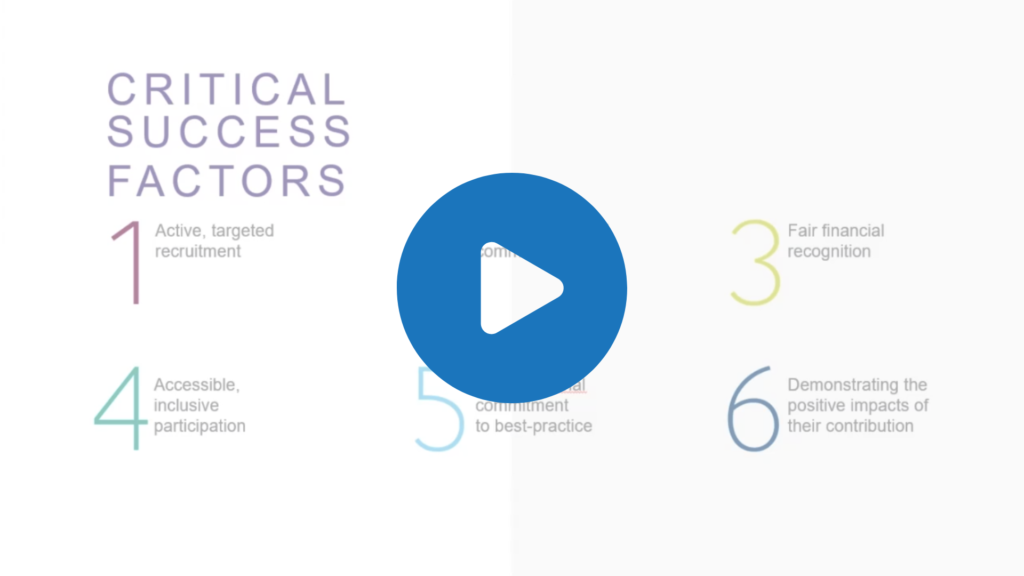

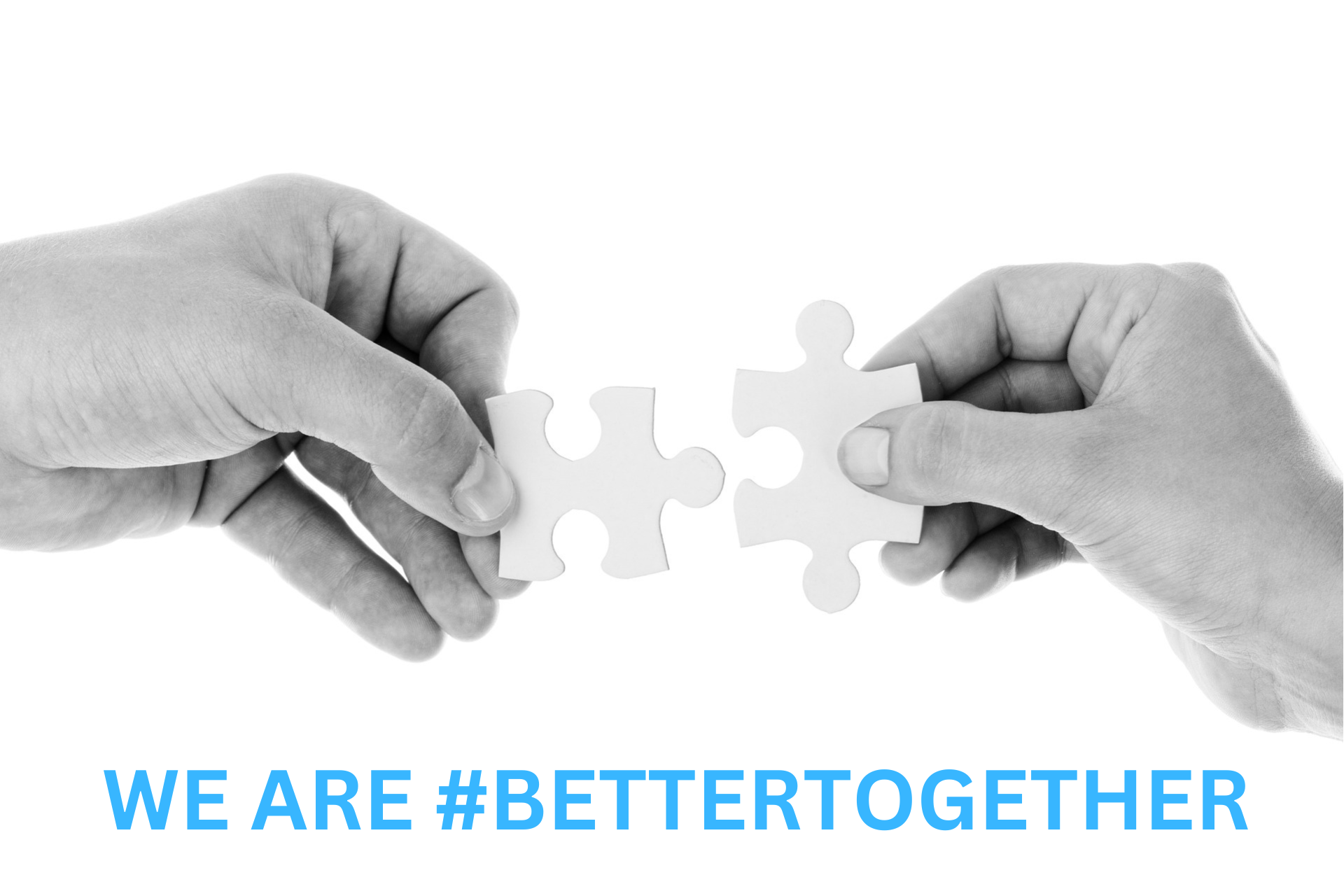
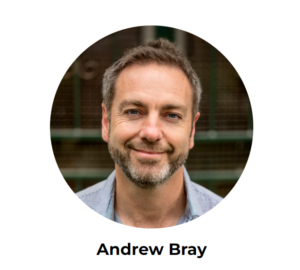
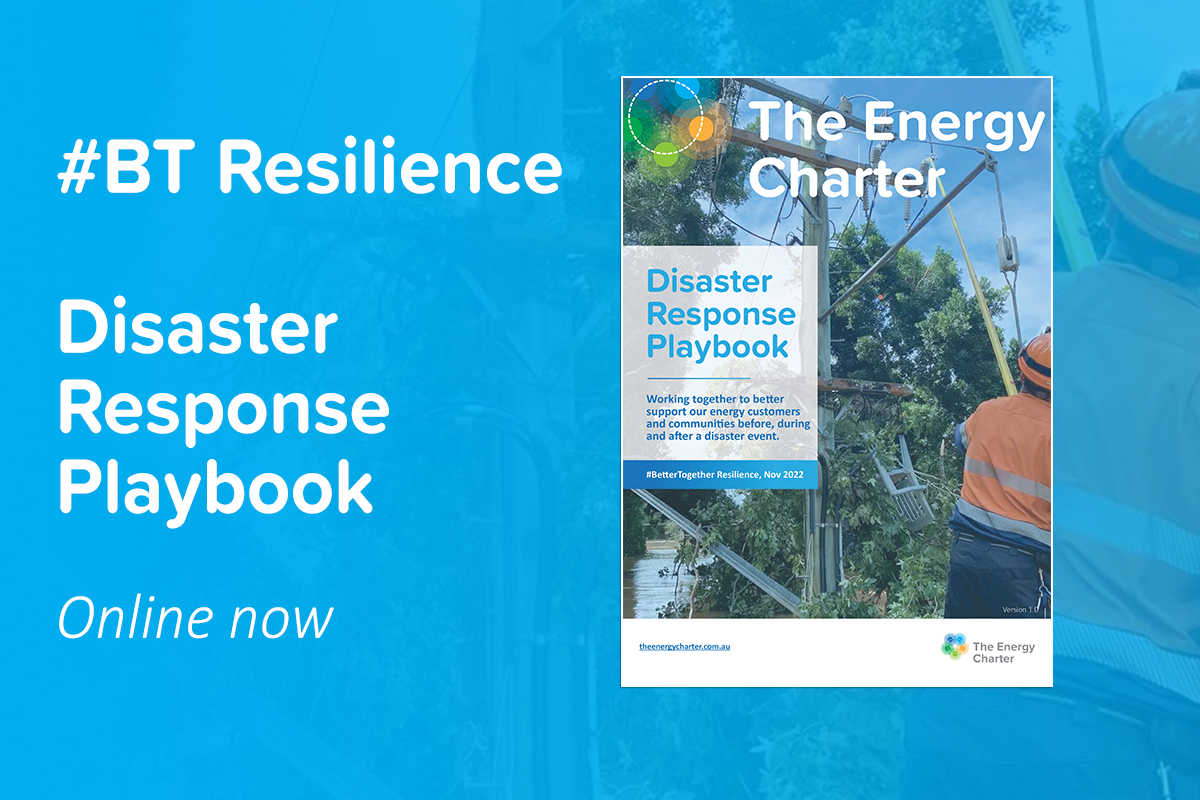
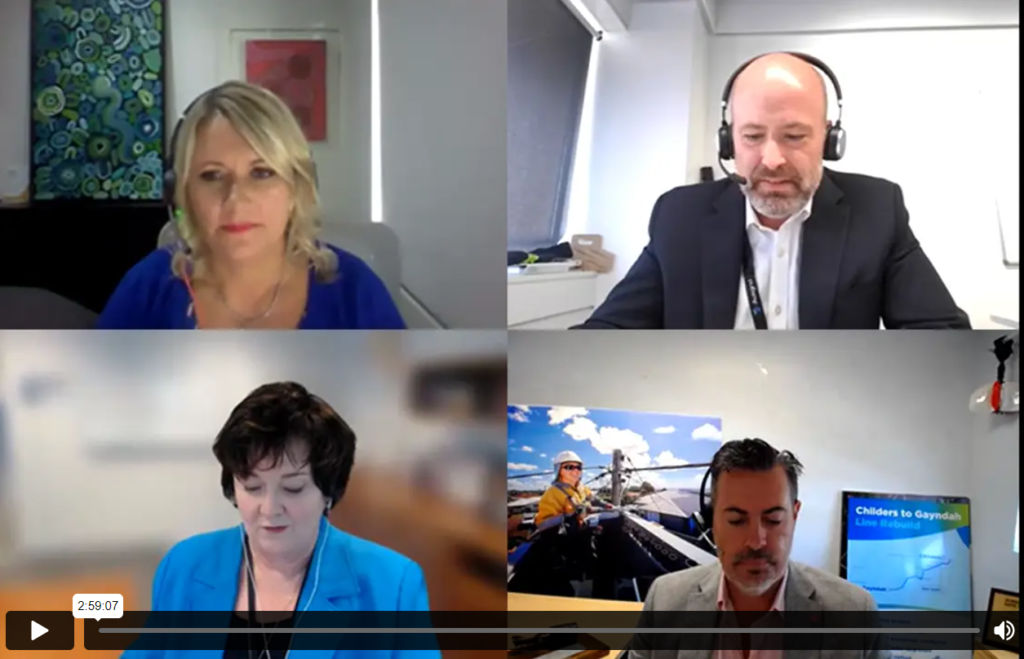
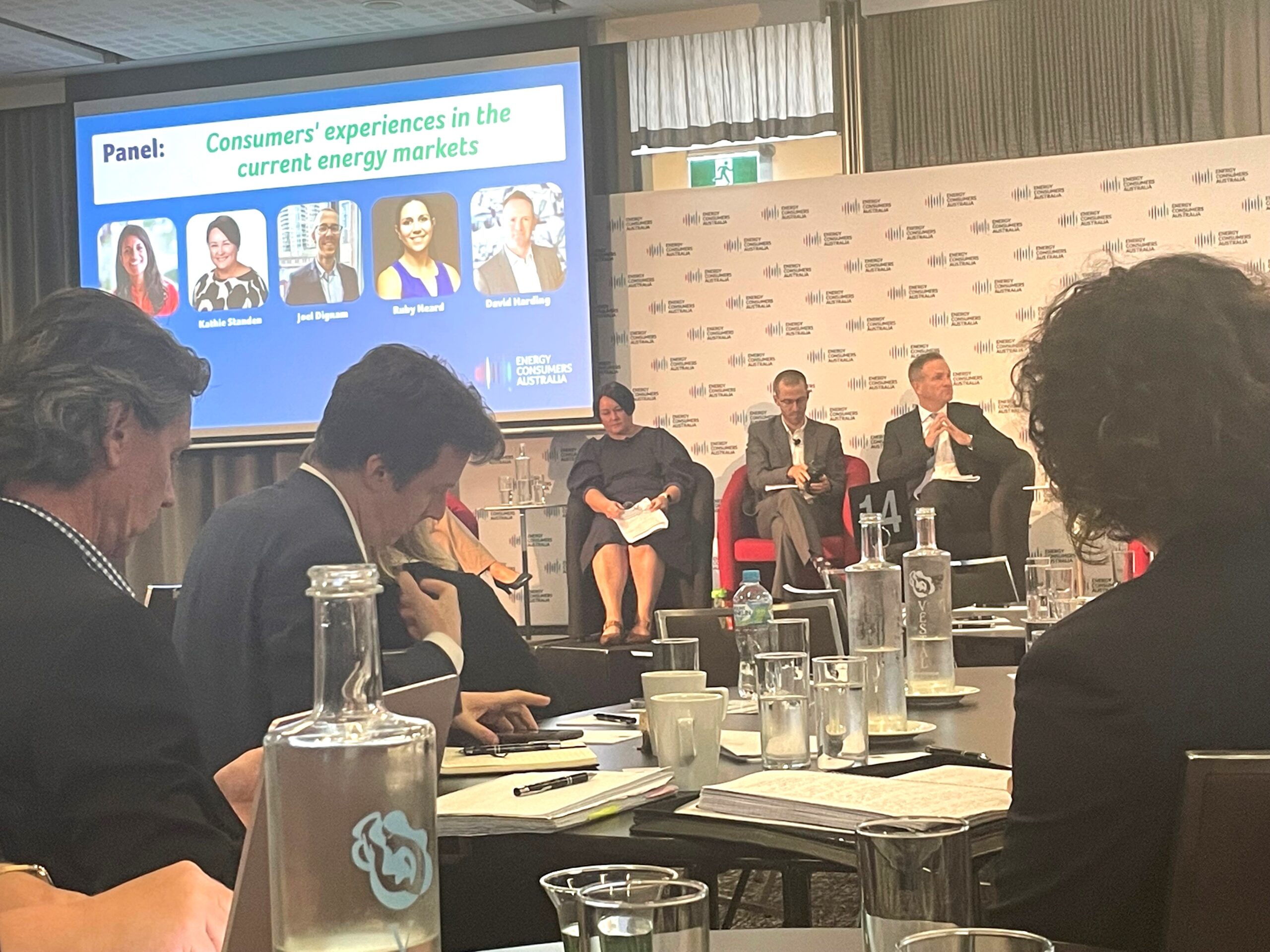
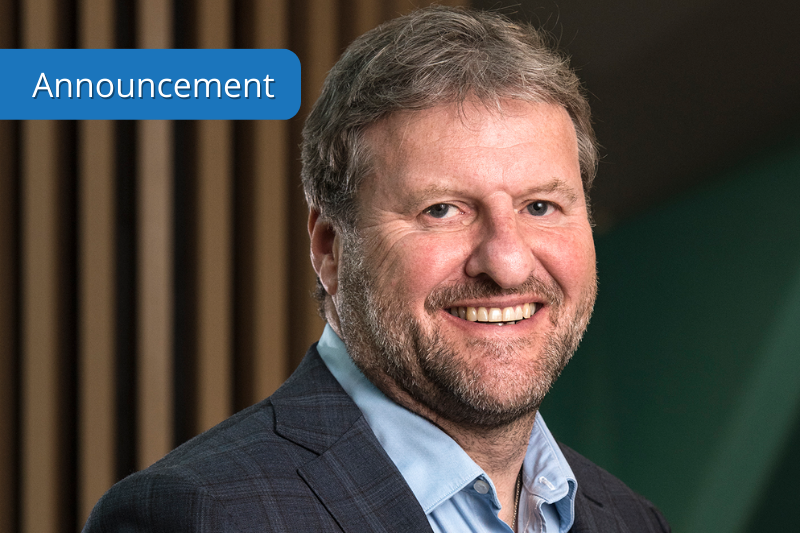

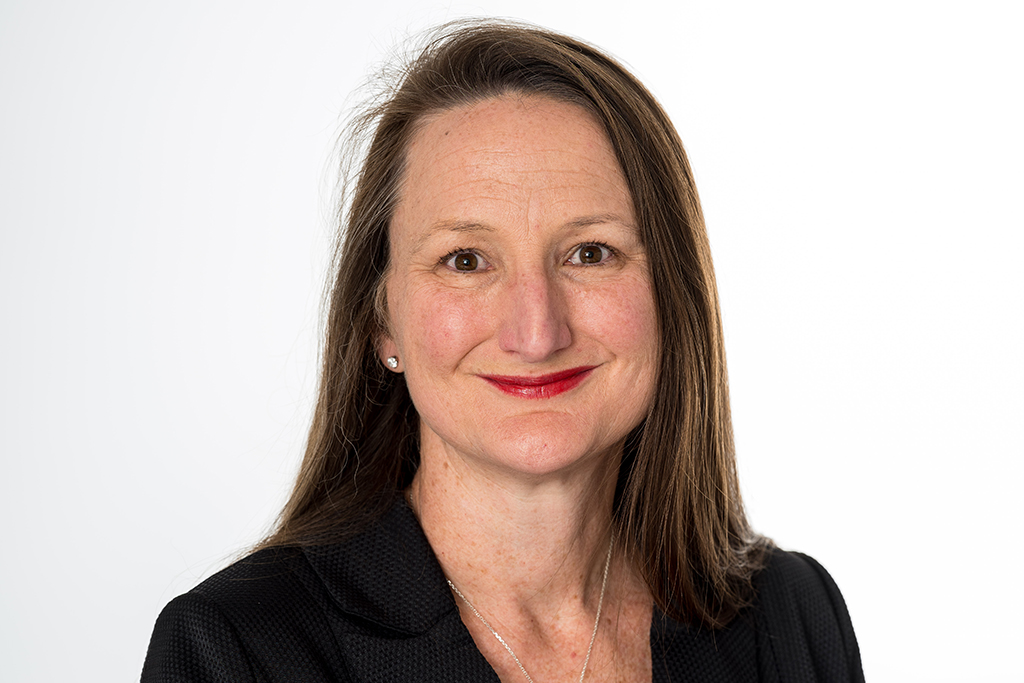
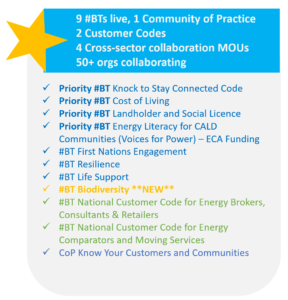 The SoS marks the Council’s first collaborative commitment under the Priority
The SoS marks the Council’s first collaborative commitment under the Priority 